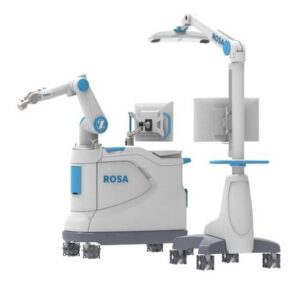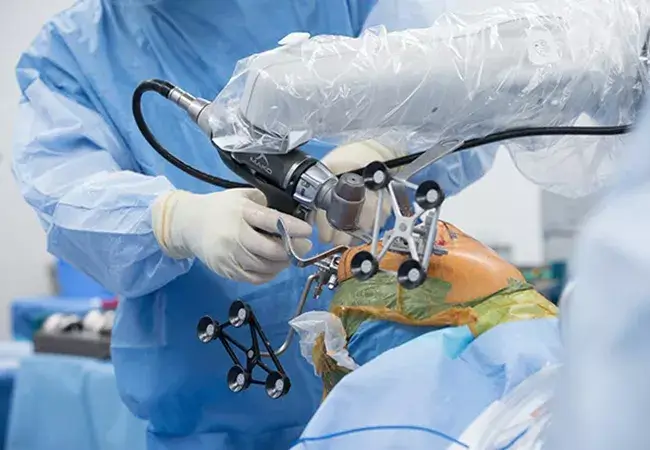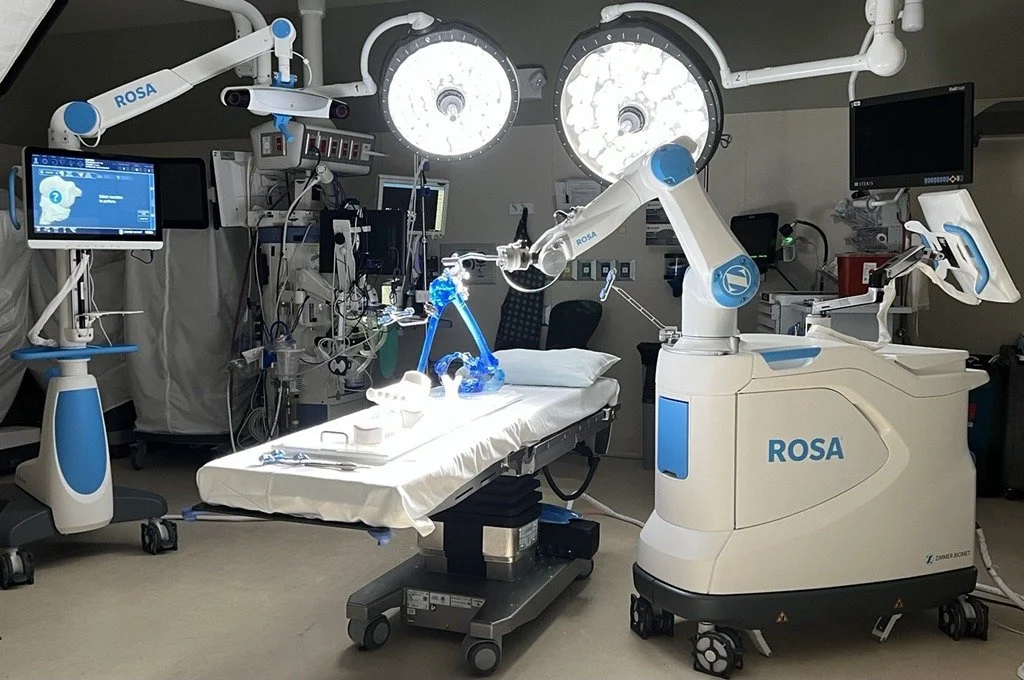Robotic Joint Replacement Surgery

Robotic joint replacement surgery is a cutting-edge procedure that uses advanced computer-assisted technology to replace damaged hip or knee joints with unparalleled precision. It is recommended for patients with severe arthritis, advanced joint degeneration, or traumatic injuries who continue to experience pain, stiffness, and mobility issues despite medications, physiotherapy, or other non-surgical treatments.
Unlike conventional joint replacement, robotic-assisted surgery allows surgeons to plan and execute the procedure with greater accuracy. Using real-time 3D imaging, the robotic system helps customize implant placement to the patient’s unique anatomy, ensuring natural movement, improved stability, and longer-lasting results.
Patients undergoing robotic joint replacement often benefit from smaller incisions, reduced blood loss, faster healing, and a quicker return to normal activities.

Treatment Offered
🔹 Robotic-Assisted Total Knee Replacement (TKR):
Complete replacement of the knee joint with advanced robotic guidance for optimal alignment and function.
🔹 Robotic-Assisted Partial Knee Replacement (PKR):
Replacement of only the damaged part of the knee, preserving healthy bone and ligaments while ensuring precise implant positioning.
🔹 Robotic-Assisted Hip Replacement:
Customized hip joint replacement using robotic navigation, enhancing accuracy, reducing complications, and improving long-term outcomes.
🔹 Minimally Invasive Robotic Joint Replacement:
Smaller incisions with less tissue disruption, leading to reduced pain, minimal scarring, and faster recovery.
🔹 Robotic Revision Joint Replacement:
Highly precise corrective surgery for patients with failed, unstable, or worn-out previous implants.

Advantages of Robotic Joint Replacement
- Greater precision and accuracy in implant placement
- Personalized surgery tailored to each patient’s anatomy
- Reduced risk of complications and implant wear
- Less pain, swelling, and blood loss after surgery
- Faster rehabilitation and improved joint function
- Better long-term durability of the implant
